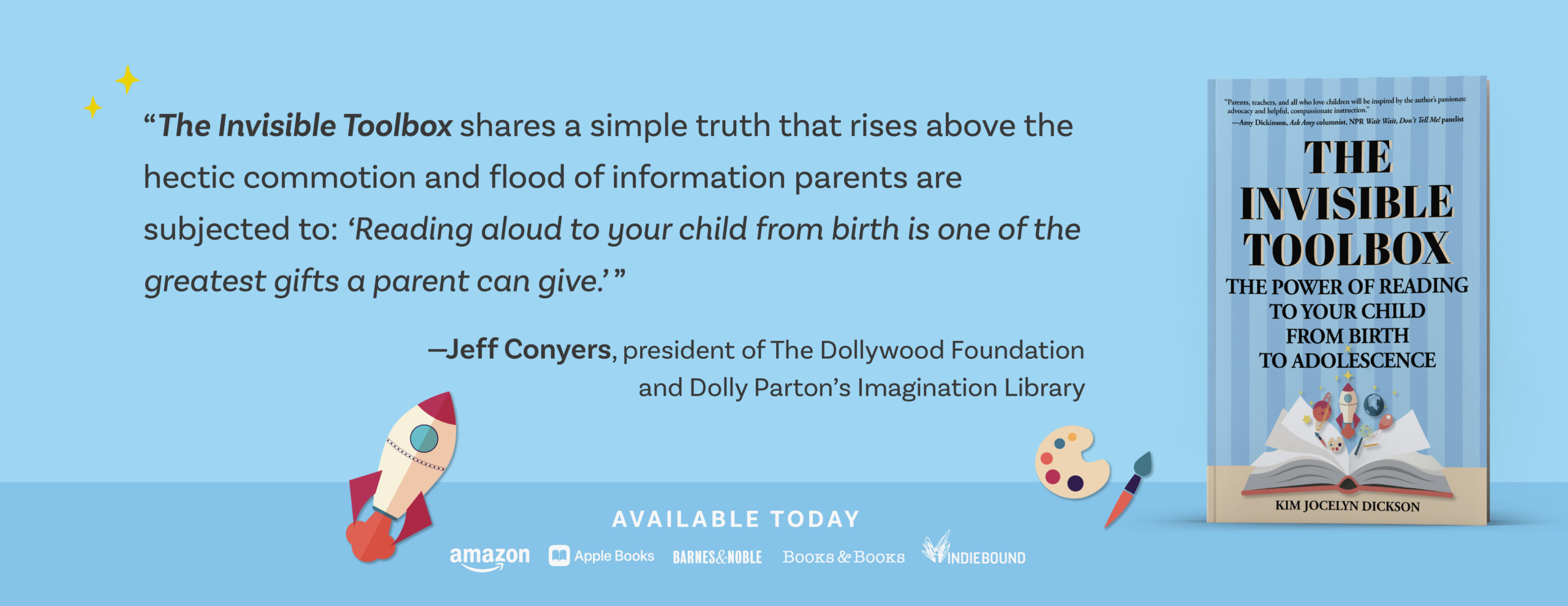Third grade is a watershed year in the life of a child. Research indicates that when children are not proficient readers by the end of third grade they rarely catch up and are at risk of dropping out of high school. According to the Annie E. Casey Foundation, “The ability to read is critical to a child’s success in school, life-long earning potential and their ability to contribute to the nation’s economy and its security.” (http://www.aecf.org/resources/early-warning-why-reading-by-the-end-of-third-grade-matters/)
As one who taught third grade for many years, I observed this unfortunate reality too many times. Despite strong teaching and intervention programs, some of our students continued to lag far behind their peers in reading and, because the skill is so foundational, they usually struggled in the rest of their subjects as well. These were students who had come up through the grades with the rest of their classmates, beginning in kindergarten. They had been exposed to outstanding teaching, just as their reading peers had. So what accounted for the growing gap?
Looking back through the years I could imagine my third graders arriving at school on the first day of kindergarten, each with an invisible toolbox in hand. I knew that some of their toolboxes were filled to overflowing with language and love of story. Some of them, sadly, were empty. These were the students who were still struggling in third grade, who’d had very little exposure to books, who had not been read to regularly. The students with full toolboxes had been read to. A lot.
Research tells us that a child’s vocabulary is the greatest predictor of success in school. Children who know more words understand more of what is taught in the classroom. They actually get more out of school than their peers with limited vocabularies. According to Jim Trelease (The Read-Aloud Handbook) there are approximately 5,000 words commonly used in general conversation known as the Basic Lexicon. Beyond this, there are 5 ,000 more that are known and understood called the Common Lexicon. A child’s acquisition of these words is affected, of course, by the quality of conversation in the home. Beyond the 10,000, however, are the ‘rare words’ that do not crop up in ordinary conversation. These are the words that are found in printed text–not in conversation or television or movies. These are the words that make a difference in school.
Students who have been read to arrive at school on the first day of kindergarten with an invisible toolbox flush with language. Their familiarity with the ‘rare words’ enables them to comprehend stories and much more of what comes their way in instruction. For the child who arrives at school with a deficit in vocabulary, it is extremely difficult to catch up to their peers whose rate of learning grows exponentially with each passing year.
I often wished in those days that I could roll back time, meet my students’ parents at the doors of the maternity ward, hand them a stack of wonderful children’s books, and let them know how important it was for them to begin reading to their children for pleasure right away.
Every child should arrive on day one of kindergarten with a brimming invisible toolbox. An enriched vocabulary is just one important byproduct of reading aloud to a child from birth. Many other skills will be tucked into the invisible toolbox as well, enabling a child to take full advantage of what the world of school has to offer.

